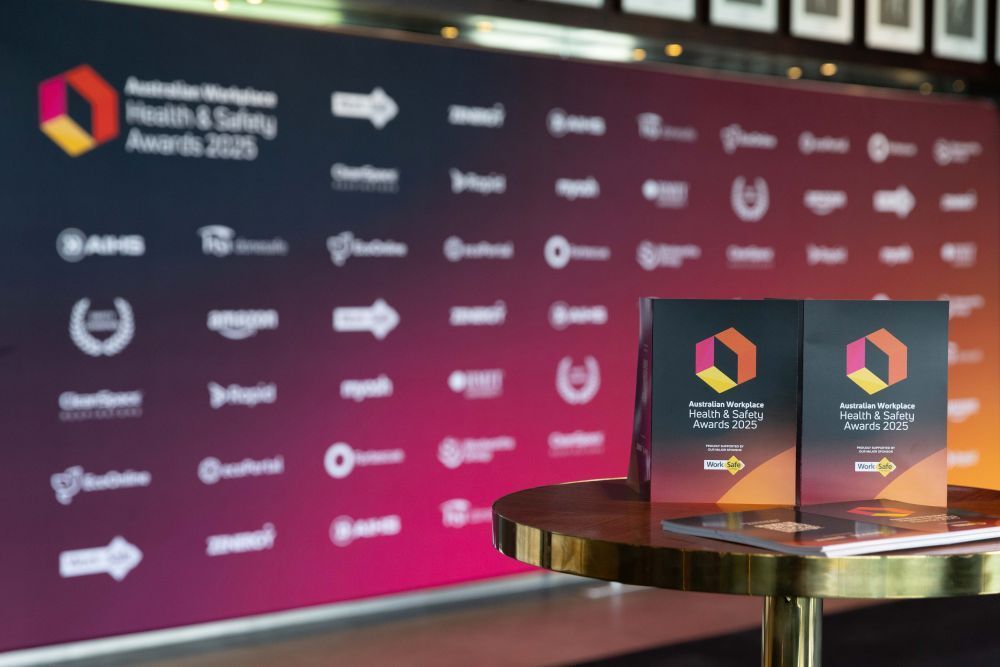High Performance & Emotional State
Brace yourself here while I state the bleeding obvious:
“Your best performance levels always come from a state of emotionally stability and clarity”.
Feeling balanced, as an integral component of high performance is a factor that is too often taken for granted and has to be acknowledged as a key ingredient of the “Flow” formula. Those who can reach this point of emotional calm when the pressures of high performance surrounds decision making, skill execution and process, are the people we consider truly elite.
There is a “But” with this observation; while we all acknowledge mindset as the defining factor of high performers, the approach to developing emotional capacities pails into insignificance when you compare the time invested into mental and physical development.
Predominately emotional development is left to genetics, personal abilities and hope that life experience teaches enough to support excellence. Imagine if you took this approach to an athlete’s physical development or to a scientist mental development you’d be out of a job in a day. Yet I observe organisations and “specialists” flounder around this challenge by either completely ignoring it or implementing some kind of fluffy wellness program.
Seriously you don’t develop elite abilities by implementing general personal development programs. You take a systematic, scientific, methodical and common sense approach that you can measure and apply directly to individuals to ensure the processes you are using are effective.
Ultimately all preparation at the elite level is focused on winning or maximising success. Observations identify that about 95% of the emotional awareness programs revolve around “how you are not meant to feel” and if you do feel stressed, anxious, overwhelmed or depressed for too long seek support. These types of support networks are absolutely necessary and the de-stigmatization of emotional based conditions is a vital component of promoting a healthy work place and community.
However “How are you meant to feel?” surely has to be a part of the equation in not only avoiding emotional disturbance but moving towards a place of contentment that allows sustained high levels of engagement, productivity and health.
As humans we are equipped with a huge range of emotional states from peek experiences of joy to the depths of depression. The reality of living is that you are going to experience all these places at different times of your life.
However there has to be a default position where you spend most of your life that allows you to be functional and healthy. This default state allows easy access to higher level of emotional states when you need to elevate performance and engenders an awareness that when you are feeling out of sorts something needs to change in your approach.
Describing this in the physical and mental realm it makes complete sense to most people. Understanding that most of the day your energy levels should be stable and mentally you should feel clear. This is done with the full understanding that if you do some heavy exercise or intense study you are going to move to a fatigued or stale state. Equally we all have an expectation that we don’t stay in the compromised condition and know with recovery and rejuvenation we will return to our desired default position where we feel comfortable in life.
At the elite level the formula for developing physical and metal abilities is to overload, overwhelm and then recover. A simple example is when developing strength in the gym we lift a weight on the threshold of our capacities that causes a small amount of damage to the muscle group being worked. Given time to repair and grow, the next time the muscle is required to lift that weight the body has compensated and we can carry the load with greater ease.
It is important here to recognise is that the weight hasn’t got any lighter, rather the strength to lift it has increased. When we study the process is very similar, as we acquire a new understanding the topic may seem complex or hard to grasp. However as we keep revisiting the information our knowledge grows and our capacity to learn more expands. As with physical development the answer to the questions don’t change just our ability to answer them alters.
So how do we apply this to emotional development?
How do we create elite emotional development processes that we can measure and track progress?
What is the overload and recovery application for emotional development?
Are you addressing this as a part of your personal best or high performance approach?
Zenergy Training Programs address these questions in a structured, commonsense and systematic process that results in measureable positive behaviour changes






